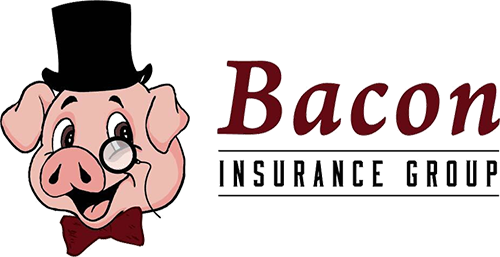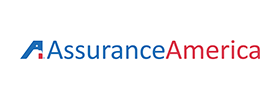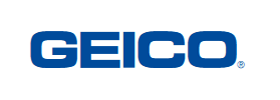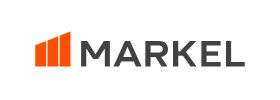In today’s increasingly complex construction environment, it’s critical for general contractors (GCs), tradesmen, construction managers, and design-build firms to understand the distinct but complementary roles that General Liability (GL) and Professional Liability (E&O) insurance play in protecting your business.
What is General Liability Insurance?
Commercial General Liability (CGL) insurance is a standardized form of protection that guards against third-party bodily injury, property damage, and personal/advertising injury arising from your business operations.
It typically does NOT cover professional services, which is where many contractors encounter unexpected coverage gaps.
Common GL Policy Exclusions:
CGL policies issued to construction professionals often include endorsements that limit or exclude professional exposures:
- CG 22 43 – Exclusion – Engineer, Architect or Surveyor Professional Liability
This removes coverage for BI/PD arising from professional services such as preparing, approving, or failing to prepare or approve designs, maps, reports, surveys, and drawings. - CG 22 79 – Exclusion – Contractors Professional Liability Coverage
Excludes coverage like CG 22 43 does; but includes an exception for services related to construction means, methods, techniques, and procedures such as setting up cranes, scaffolding or other temporary braces. - CG 22 80 – Exclusion – Contractors Professional Liability – Limited Form
Similar to CG 22 79 but narrower in scope; particularly relevant for services rendered by a design subcontractor.
These exclusions make clear that GL is not designed to protect against design errors, faulty plans, inaccurate surveying, or professional judgments—which are often central in modern construction projects.
What is Contractors Professional Liability (E&O) Insurance?
Also referred to as Errors & Omissions (E&O) coverage, this form of insurance is non-standard, meaning the scope, definitions, and limits vary by insurer. It protects against claims alleging negligence in the performance of professional services—often arising from errors in design, consultation, supervision, or project management.
Common E&O Exposures for Construction Professionals:
- Design errors or omissions in architectural or engineering plans
- Incorrect site surveys or land assessments
- Inadequate project specifications or blueprints
- Failure to meet building codes or zoning requirements
- Improper supervision or contract administration
- Delays caused by professional misjudgment
These risks are especially prevalent in design-build or construction management delivery models, where responsibilities blur between professional and operational roles.
Why You Need Both Coverages Working Together
GL and E&O are not substitutes for one another. Instead, they complement each other, providing broader protection for the full scope of your construction operations.
Key Benefits of Adding E&O Coverage:
- Fills the gap left by GL exclusions for professional acts
- Protects against third-party claims of negligent advice, planning, or oversight
- Covers subcontractor-related professional claims post-construction, especially when the sub’s insurance is inadequate (Protective Indemnity)
- Satisfies contract requirements in design-heavy or government-funded projects
- Enhances client trust and credibility, showing you understand and manage your risk responsibly
In summary, General Liability covers the “hands-on” risks: physical injury or property damage from your operations. But when your role extends into planning, designing, advising, or managing the construction process, you need Professional Liability (E&O) to fully protect your business.
Building a risk management plan that includes both GL and E&O protection is vital to the financial health of your business. Don’t wait until a claim highlights the gap. Work with an experienced insurance advisor who understands the complexities of the construction industry and can tailor coverage to your operations.










